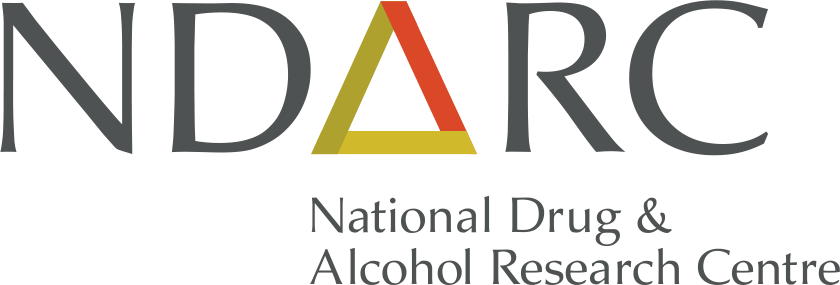- Landmark Australian study shows people with substance use issues can be successfully treated for Posttraumatic Stress Disorder (PTSD)
- 350,000 Australians have comorbid PTSD and substance misuse issues
- Many excluded from treatment while using alcohol and other drugs
A world first study of an integrated treatment for posttraumatic stress disorder (PTSD) and substance use, led by researchers from the National Drug and Alcohol Research Centre at the University of New South Wales, has found significant reductions in PTSD symptoms compared with usual treatment for substance use.
The landmark study shows for the first time that people with substance use issues, who are frequently excluded from treatment for post traumatic stress, can in fact benefit from psychological therapy.
The study, published this week in the prestigious international journal JAMA, offers new hope for the estimated 350,000 Australians who experience the debilitating comorbid disorder.
The study randomly assigned patients to an integrated therapy called COPE which involved exposing patients to their traumatic memories and treating their substance use at the same time. Patients were administered the treatment over thirteen 90 minute sessions with a clinical psychologist. The control group received usual treatment for substance use only.
From the beginning of the study to nine month follow-up the integrated treatment group had significantly greater reductions in PTSD symptoms compared with the control group.
Study leader Dr Katherine Mills said that given the extremely high rates of trauma among people receiving treatment for drug and alcohol use disorders the results of the trial were extremely encouraging.
“Currently a majority of people with substance use disorders are excluded from receiving PTSD treatment as there is a widely held view that patients need to be abstinent before any trauma work, let alone prolonged exposure therapy, can be undertaken. However, this is often very difficult for patients to achieve as their trauma symptoms tend to resurface when they stop using,” said Dr Mills.
“Our positive findings indicate that by using an integrated treatment program such as this, the many Australians who suffer from both of these conditions can be treated successfully.”
It is estimated that close to three-quarters of a million Australians experience PTSD in any one year, and one in 10 will develop PTSD at some point in their lives. A third of people with PTSD have a substance use disorder.
Nearly half of people receiving treatment for substance use have current symptoms of PTSD and 80 – 90 per cent have experienced trauma over their lifetime.
When mental health and substance use disorders occur together they are extremely difficult to treat as both conditions serve to maintain or exacerbate the other.
Mental health and substance use disorders account for more years of life lost due to disability than any other disorder and are second only to cancer and cardiovascular disease as leading causes of disease burden.
Last week the Australian Government announced the establishment of a $2.5 million Centre of Research Excellence in Mental Health and Substance Use: Translating Innovative Prevention and Treatment. The Centre will be led by NDARC’s Professor Maree Teesson. Dr Mills is an investigator for the CRE.
A PDF of the JAMA paper is attached below. So to is a PDF of this media release, and of JAMA's media release.
Image: Dr Katherine Mills.


